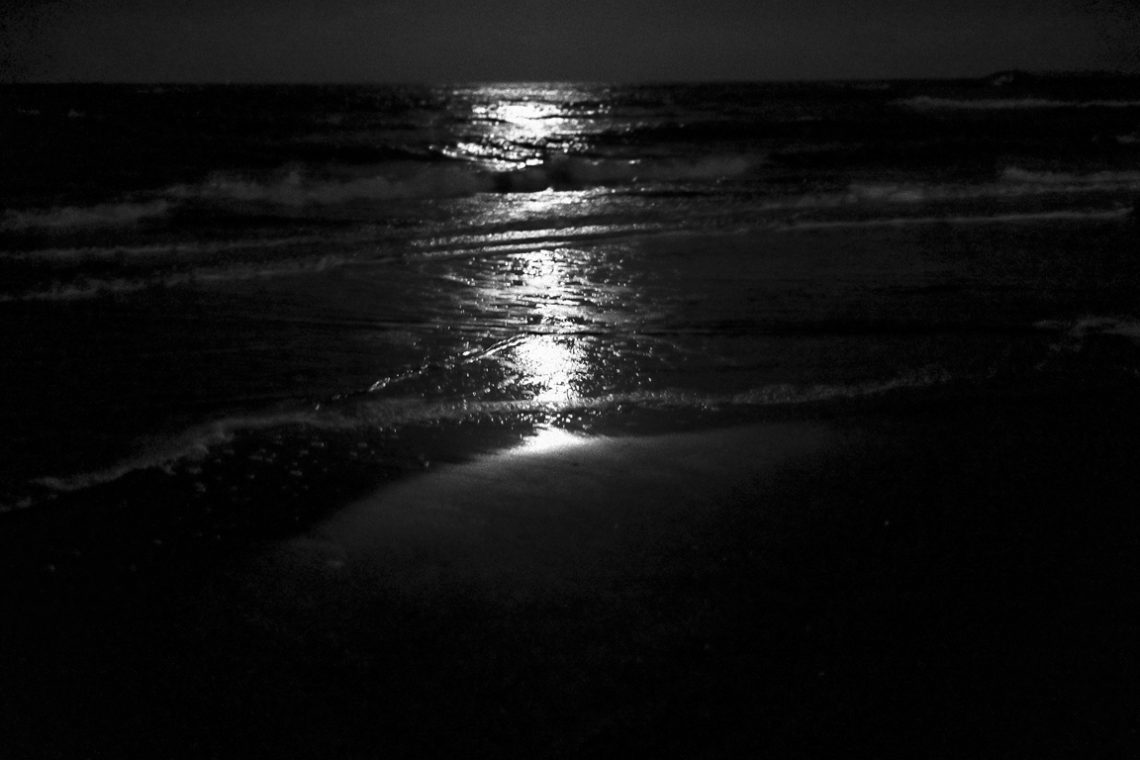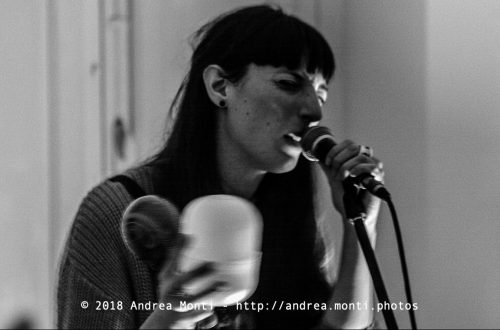
Beach in black
There is a certain stubbornness in going to the shore at night with a camera and expecting to bring something back other than disappointment. The sea, under moonlight, doesn’t offer you light so much as it withholds it, forcing you to work with the barest scraps. This image was taken under those conditions — no artificial illumination, only the moon high above, its reflection tearing a path across the water.
I composed with the reflection as the spine of the frame, letting it run vertically to draw the viewer’s eye from the immediate foreground into the distant horizon. The exposure was a balancing act: enough to reveal the texture of wet sand and ripples without blowing out the highlight of the moon’s trail. In practical terms, it meant underexposing slightly and pulling back shadows later in processing, accepting the noise as part of the atmosphere rather than a flaw to be erased.
The darkness swallows much of the scene, but that’s the point. Here, absence carries more weight than presence. The shapes of the waves are implied rather than clearly drawn, and the shoreline itself is just a suggestion in the lower portion of the frame. In many ways, this is closer to a study in tone than a straightforward seascape.
Technically, the image pushes the limits of what the sensor could manage in such low light, and the result has a roughness to it — a grain-like digital noise, especially in the midtones. I resisted the urge to smooth it away because it fits the mood: this is not a polished postcard but a quiet, imperfect memory.
“Beach in Black” is a reminder that sometimes photography isn’t about showing everything. It’s about letting the darkness stay dark, giving the light just enough space to breathe, and trusting the viewer to fill in what they can’t see.




